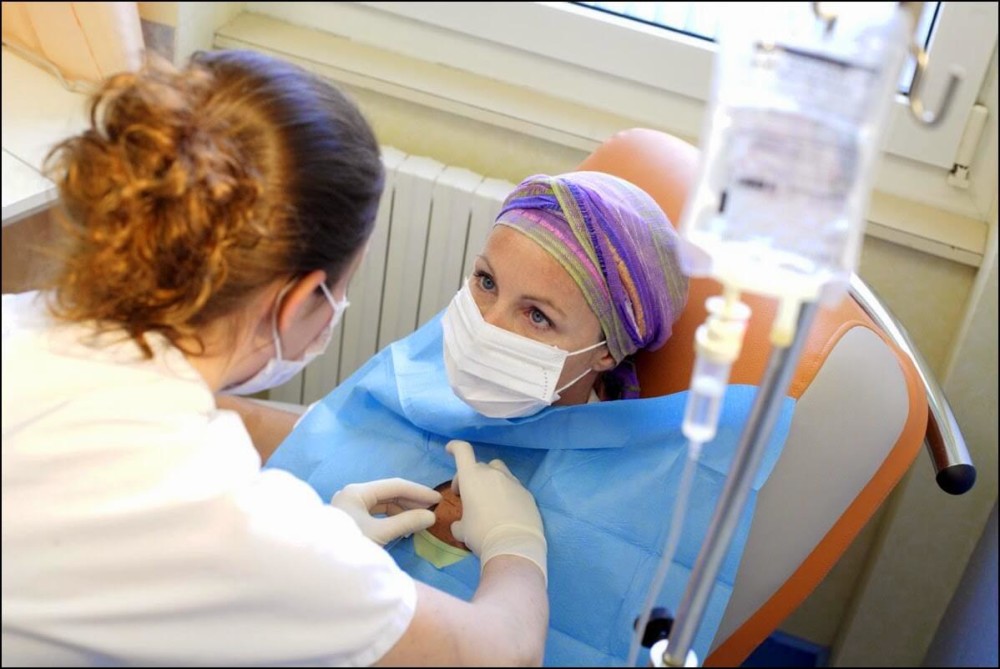
Cancer is one of the top causes of death for Americans. The number of affected people varies widely based on age and gender, among many other factors. In 2017, an estimated 1,688,780 men and women were diagnosed with cancer. Prostate cancer in men and breast cancer in women account for 19% and 30%, respectively. The best chance for survival is through early detection and prompt treatment. Two common treatment methods are immunotherapy and chemotherapy, but is one option better than the other?
The Basics of Chemotherapy
Chemotherapy is a method of cancer treatment that utilizes specific chemicals to slow or halt the growth of cancer cells in the body. It is known as a systemic treatment because it is introduced to the whole body. Chemo drugs are classified by how they interact with cell functions, ultimately reducing the number of new cancer cells that are formed. All chemotherapy drugs are designed to interfere with the reproduction of parts of a cell, including DNA and chromosomal replication in new cells. By altering cell reproduction, cancer cells are not able to create copies of themselves.
Alkylating agents are used to prevent cells from replicating their DNA during cell reproduction. Antimetabolites damage cells during the stage of reproduction that copies chromosomes. Anthracyclines interfere with DNA replication by restricting enzymatic proteins necessary for replication. Topoisomerase inhibitors directly affect the enzymes that cells use to separate DNA strands in preparation for copying. Mitotic inhibitors work to stop the entire cell division process.
Chemotherapy has advantages and disadvantages. The most pronounced advantages include the destruction of cancer cells, preventing disease progression, and shrinking or eliminating tumors. The biggest disadvantages of chemotherapy are the side effects. These include nausea, loss of appetite, and hair loss.
The Basics of Immunotherapy
Cancer Immunotherapy uses a person’s own immune system to fight cancer. It will use one of two main methods to accomplish this. The first method is to stimulate the immune system to work harder to attack the cancer cells, such as T-cell therapy. A second method is to introduce specific man-made components of the immune system, such as oncolytic virus therapy.
Monoclonal antibodies are synthetic proteins that are used to target the abnormal proteins in cancer cells, attaching to the cells and marking them for destruction by the immune system. Oncolytic virus therapy involves using viruses with genetic modification to kill cancer cells. These viruses are injected into tumors and makes copies of itself within cancer cells, causing the cancer cells to burst. When the cells rupture and die, they release antigens and the immune system begins attacking any cells with those specific antigens. T-cell therapy uses a patient’s own T-cells, which have been altered to add receptors and the are reintroduced into the body.
Advantages of Immunotherapy include using the body’s natural responses and less side effects than other treatment methods. Disadvantages are most commonly related to the minimal side effects that can be experienced. These side effects are often like what a person would experience when they have a cold or the flu and include fever, chills, fatigue, and headaches. Many immunotherapy side effects are often managed with over-the-counter medications.
Which is best?
When it comes to determining which treatment option is better, there is no right or wrong choice. Each cancer is different, and each patient is different. A variety of factors are considered when doctors determine if a patient is a good candidate for either type of treatment. In order to choose the best treatment method, it is important to consider each factor and which method will be the most beneficial for each individual patient.
The type and progression of cancer is a huge factor. For example, if it is an aggressive cancer that has spread, aggressive treatment is often recommended. The overall goals of treatment are another consideration. Three main treatment goals are to cure, to control, and to relieve symptoms. A patient’s general health and age are two more main factors. In short, it is important to thoroughly discuss both treatment options with your doctor. He or she can help you choose the best method based on the cancer and other factors.
It is not uncommon for doctors to combine treatment methods, particularly when one treatment may not be as effective. Some forms of immunotherapy can successfully be combined with chemotherapy to enhance treatment. Immunotherapy may also be chosen following chemotherapy. Due to the immune system suppression that follows chemotherapy, studies have shown promise with patients who received immunotherapy after chemotherapy.
Dr. Rubinstein, a leading ENT and facial plastic surgeon in New York, is dual-certified by the American Board of Otolaryngology-Head and Neck Surgery and the American Board of Facial Plastic Surgery. He serves the Hudson Valley through his office in Newburgh, New York.
